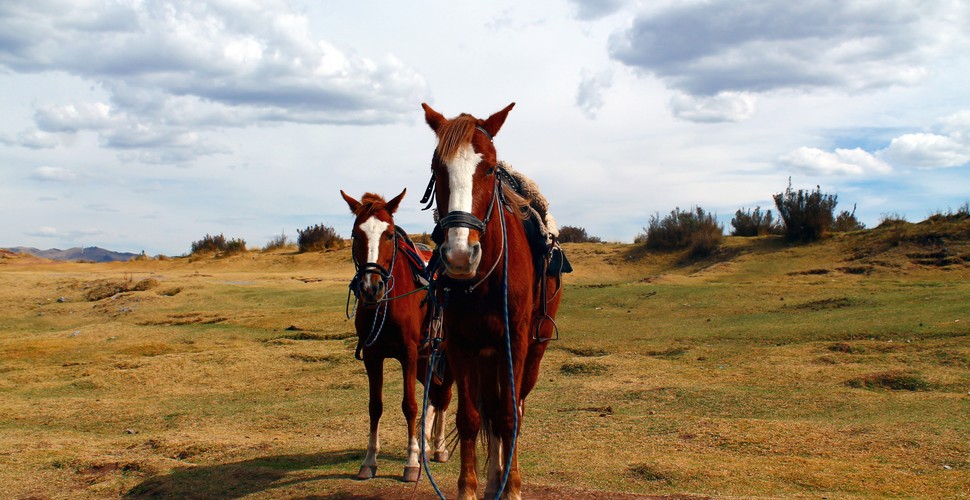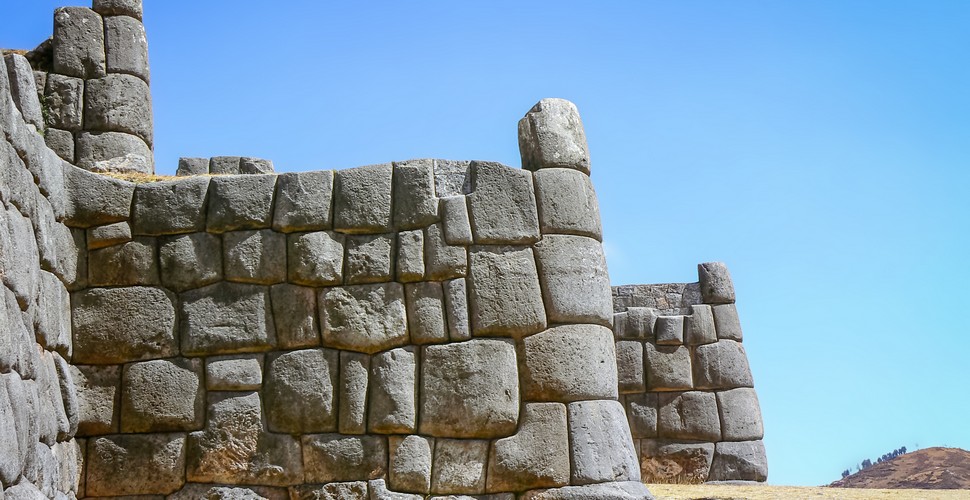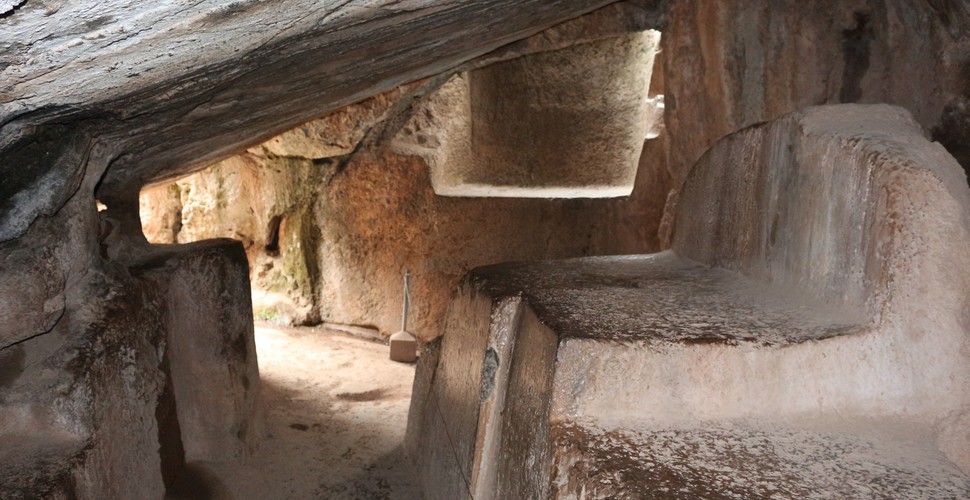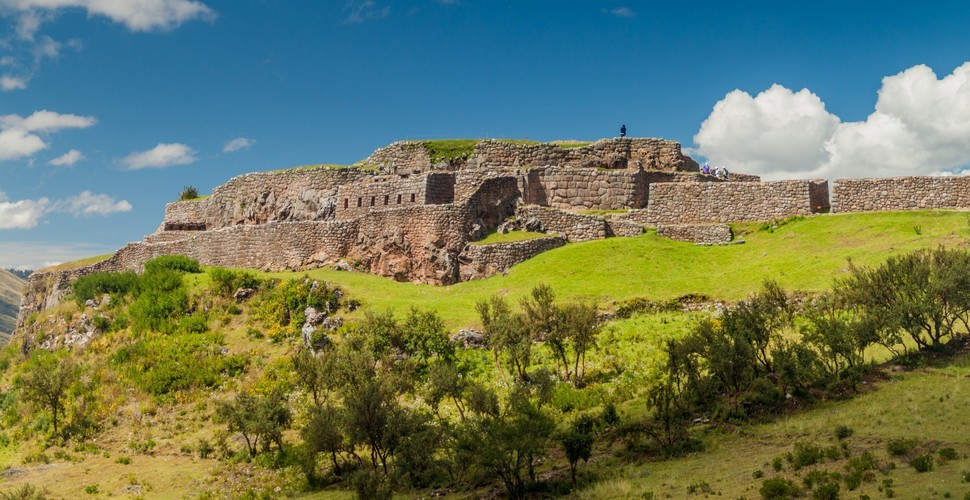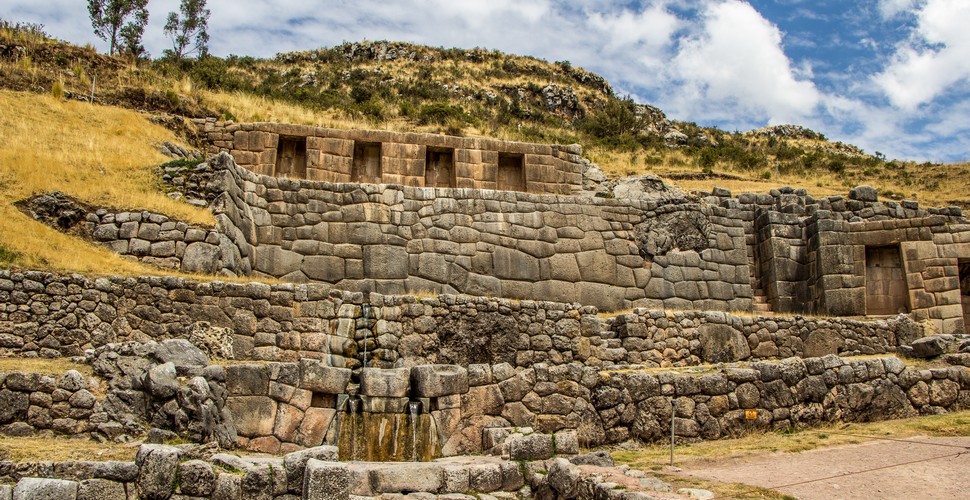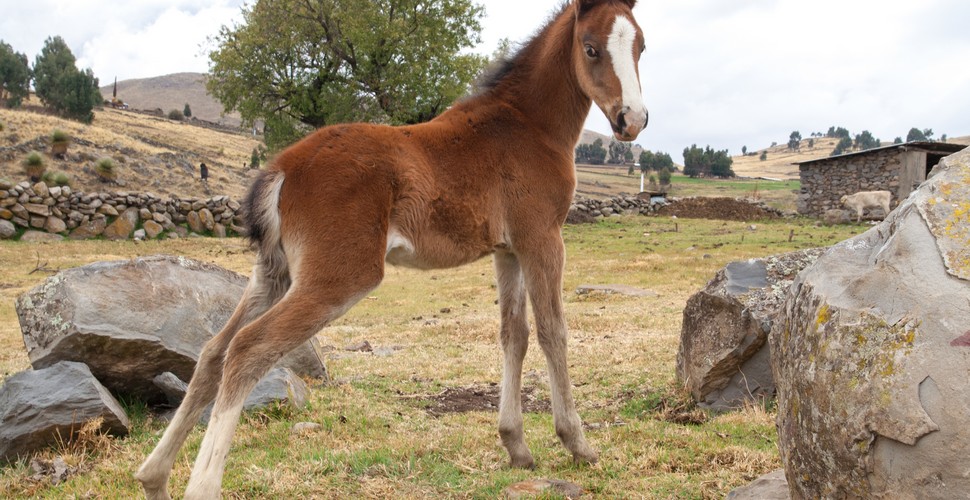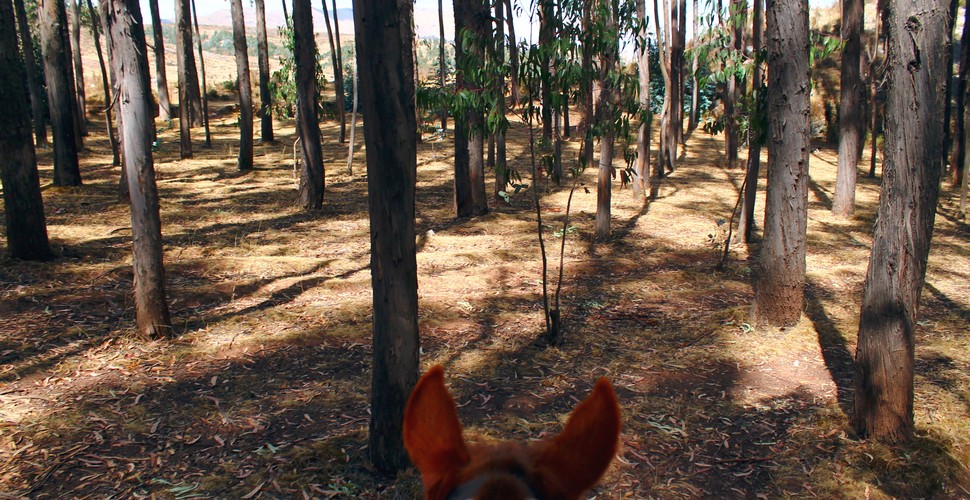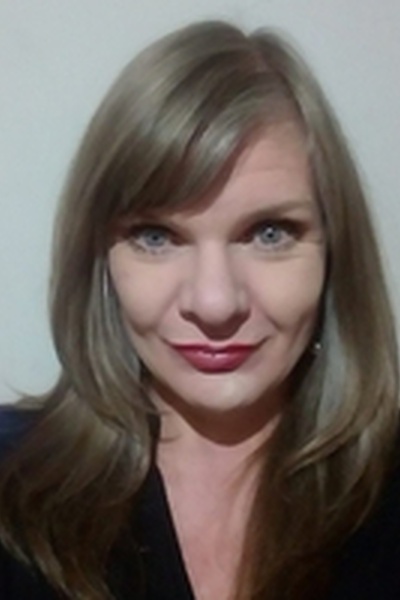

Claire Dean
Travel in South America is a joy to behold. The rich variety of destinations, experiences, landscapes and geography fascinated me so much, that I chose to relocate here, over 20 years ago! The best thing I ever did! Allow me to share my knowledge and passion for Central and South America with you and help you plan your holiday of a lifetime!

Horse Riding Trip to The Four Cusco Archaeological Sites
Written by:Claire Dean
Last Update: 2025-02-04
The half-day horse riding tour of the 4 Cusco Inca archaeological sites, offers a fun and alternative way to visit the four Inca ruins located on the outskirts of Cusco. This fabulous half-day tour takes you around all the most while riding through the stunning Andean scenery of the surrounding countryside. These important historical sites of Cusco were once sacred sites for the Incas with a Spanish - English bilingual guide, first-class horses, and explanations in each of the places we visit. These sacred Inca sites, called Saqsayhuaman, Qenqo, Tambomachay, and Puka Pukara, can all be visited on this unique horse-riding trip of the 4 Cusco ruins.
Horses waiting for their next customers
Saqsaywaman
The most iconic ruins near Cusco, Sacsayhuaman is a staggering example of the Inca’s architectural prowess. Not only because of the size of the complex but also because of the Inca’s grander planning abilities. You may not know this, but the Incas designed Cusco in the shape of a puma with Sacsayhuaman forming the head of the puma. What’s most astounding is the size of the stones and where they came from. Scientists have found some of the stones were cut from quarries as far as 19 miles away! And, as if that’s not enough, it’s estimated around 20,000 men were involved in its construction. However, what’s probably most important about this site is a famous battle that took place here in 1536, with Sacsayhuaman being one of the last stands by the Incas against the Spanish.
Saqsaywaman
Qenqo Incan ruins
You’ll see this name spelled multiple ways around Cusco, and this small yet fascinating site was considered a sacred place for the Incas. Qenqo is a "huaca", which signifies a place of respect and Qenqo was the site of various ceremonies and rituals. Fertility, solstice and equinox, and marriage rituals all took place at this site. You can still witness perfectly cut rocks form a zig-zag pattern for priests to pour the liquid (usually blood). And where the liquid came out could signify a fantastic future or a very dark omen for the observer.
Ceremonial Altar, Qenqo
Pukapukara Incan ruins
This site is a bit smaller than the other ruins but no less impressive. Puka Pukara, literally translated means “Red Fort” and was quite possibly a fortress that protected the entrance to the city of Cusco. The Incas would often combine uses for buildings, and Puka Pukara was no different. Its perfect defensive location also served as a hunting and spiritual center back in the day.
Puka Pukara
Tambomachay Inca Site
Tambomachay can be found very close to Puka Pukara, and the two were probably used in tandem. While Puka Pukara was the hunting lodge/defensive outpost, Tambomachay served as a place for rituals, with an interesting concept. Cleansing, purification, and other rituals took place in the glacial waters that flow in this region. There are three tiered platforms at Tambomachay and on top is an area where the Incas likely placed statues of their different gods. Below it, natural waters flow out a stone wall and down to the next level. Finally, the water splits into two different paths, both of them pouring into a basin. This small area offers a beautiful and intricate display of the Inca’s excellent masonry abilities.
Tambomachay
What to Expect
You will visit these important historical sites of Cusco with a Spanish - English bilingual guide, first class and well-looked after horses, with explanations in each of the places we visit. These sacred Inca sites, of Saqsayhuaman, Qenqo, Tambomachay, and Puka Pukara, can be visited on horseback.
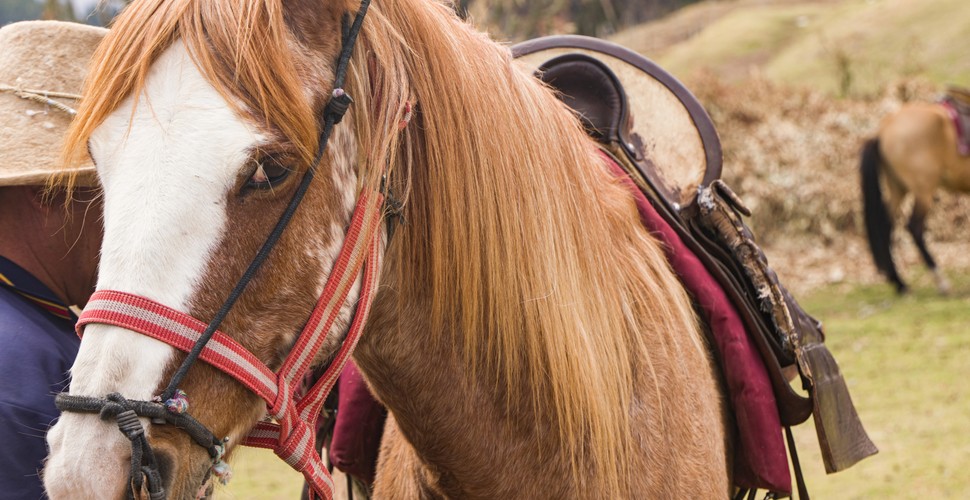
Cusco Horse
With a morning or afternoon pickup, whichever you prefer, you’ll start with a drive to Saqsayhuaman, the iconic attraction of Cusco, and a stunning 14th-century rock-walled marvel overlooking the city. With the guide, you’ll explore by foot its esplanade, nooks, and huge walls, and obtain many historical insights. Don’t miss out on the circular tower base on top for city views! The next stop is Qenqo, for a walkthrough of its narrow, carved alleys, flawlessly blended between the rocks. Resembling the famous Stonehenge, it’s a very peculiar place said to be a laboratory to mummify the Inca’s ancestors. You will continue to the ranch to meet the horses and crew. Following a briefing on safety and basic instructions, you’ll start riding, this time encircling the Sacsayhuaman Archaeological Park for about an hour. This part features an amazing backdrop of the Andes, farms, new excavations, lamas, and alpacas besides the stunning landscapes that will surround you.
Foal at The Ranch
Once finished this part on the horse, you will continue by car to Tambomachay to see its beautiful water fountains, encountering on the way the nearby fort of Puca Pukara. After a great adventure, you’ll be returned to your hotel by midday or late afternoon, depending if you prefer a morning or afternoon tour. Morning is generally more predictable weather-wise, especially during the wet season.
Qenqo Forest
Book this fascinating and fun tour of the 4 local ruins of Cusco on horseback for an unforgettable experience here!


